KORG NAUTILUS AT: Fade To Gray
The KORG NAUTILUS AT Gets a New Visage...
The KORG NAUTILUS AT gets the most minor of refreshes in the form of a gray chassis and is being made in very limited numbers.
KORG NAUTILUS Gray – Limited Edition

[June 20th, 2024] In an apparent attempt at making the least exciting update to a keyboard since their last one, the KORG NAUTILUS AT now gets a new and very limited paint job in the form of the KORG NAUTILUS AT Gray. Easy now, don’t get too carried away.
After giving us common or garden channel aftertouch, the people at KORG have decided that a limited edition gray version is what the product line needs. Maybe it’s a sign of old age, or maybe they’re testing the waters for a new KRONOS replacement that may or may not be in the pipeline.
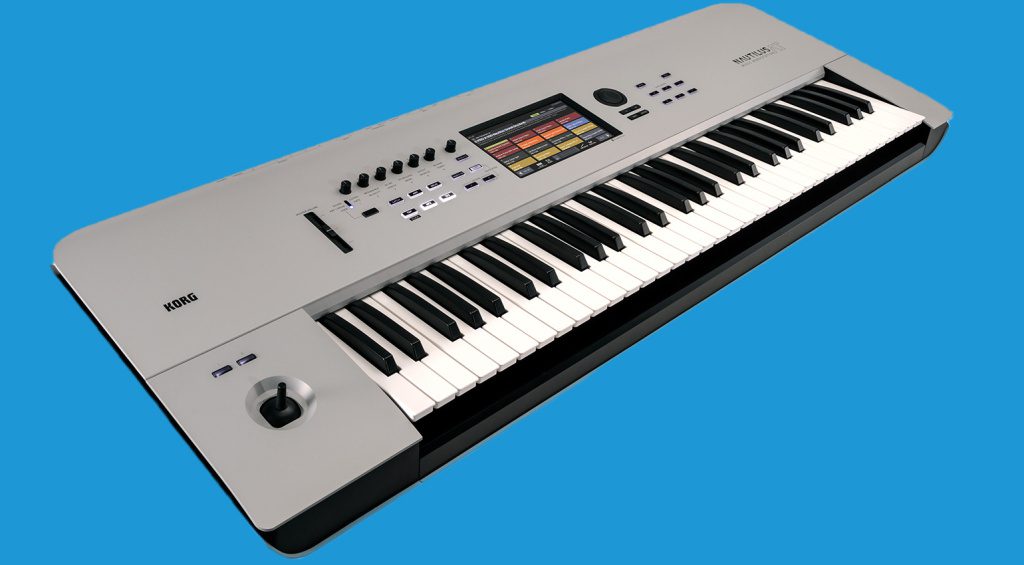
Either way, the eminently capable NAUTILUS AT gets some new clothes, maybe becoming a sought-after “classic” in years to come. It won’t cost anymore than the original black versions. It feels like KORG are stringing this product out until a much-requested successor to the KRONOS becomes available.
The KORG NAUTILUS AT Gray will begin shipping in September.



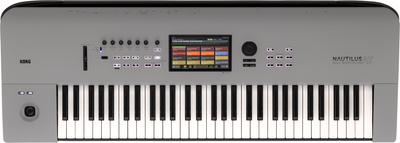
KORG NAUTILUS AT
[Original July 14th, 2023] KORG literally invented the keyboard synthesizer workstation market with the legendary M1. So when KORG release a new workstation, the least we owe them is to prick up our ears and check them out. When the press release dropped into the Gearnews inbox, I grabbed it and perused through the information to find out what amazing new things we were going to see. That first read didn’t take long. I re-read it, hoping to find more. Nope, nothing.
Except for two letters. Today, kids, this news article is brought to you by the letters A and T.
That’s right. The new NAUTILUS AT brings us… Aftertouch. Channel aftertouch, at that.
I’m still re-reading the press release in case I have missed something. I’m checking with colleagues but we all agree. Ok, so let’s humour KORG and see what we have here. According to the blurb,
…the KORG NAUTILUS is an incredibly versatile synthesizer workstation that feels at home in every imaginable stage or studio scenario. With the new NAUTILUS AT, KORG is going one better by offering the Japanese-made flagship workstation with two aftertouch-capable keyboard variants for the first time: a lightweight premium keyboard with 61 keys, touch dynamics and aftertouch, and a graduated weighted RH-3 Keyboard with 88 keys and hammer action as well as touch dynamics and aftertouch.
KORG NAUTILUS AT Specifications
A lot of words to say, “We’ve added aftertouch”. Oh, they did reprogram all the patches to take advantage of this. That’s all folks. The NAUTILUS is still a hugely capable and comprehensive workstation with nine incredibly good sound engines. It still has a pretty decent touch screen and a decent sequencer and arpeggiator. The handy set list mode is still there. You can still record 16 tracks of 24/48 digital audio. And you can still sample into it.
But now you can press the keys a bit harder and use the aftertouch to add some expression. And don’t get me wrong. I am a HUGE fan of aftertouch in all its forms and applaud KORG finally putting it in the NAUTILUS. I wish Yamaha would do the same with their MODX+ range. As a direct competitor for the money of gigging musicians, the NAUTILUS just overtook the MODX+ in yet another way.
More Information
But at what price does this functionality come? This is the bit where you sit down and steady yourself with a stiff tipple of your choice.
The MSRP for the new NAUTILUS AT 61 and AT 88 is €2399/£2075 and €3199/£2750 respectively. By my reckoning, that’s between €/£500 and €/£700 more than the current, non-aftertouch-capable NAUTILUS’. So the question here is, is aftertouch worth that much to you? And to be clear, there is no NAUTILUS 73 key version with aftertouch.
KORG will also be offering an upgrade service for existing NAUTILUS 61 and 88 owners that will require them to send their NAUTILUS to KORG for a hardware and software upgrade by a KORG engineer. The price includes collection and return.
KORG NAUTILUS 61 Upgrade: £429.00
KORG NAUTILUS 88 Upgrade: £599.00
The KORG NAUTILUS AT 61 and AT 88 will be available from September 2023.

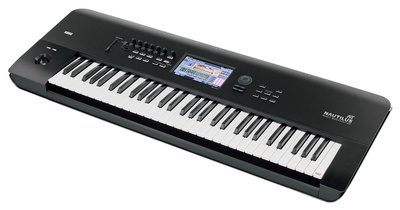

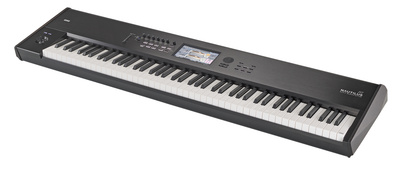
The original, non-aftertouch KORG NAUTILUS is still available to buy. Check out our affiliate links below for more details. You don’t pay a penny more, but we get a nice little thank you in return which helps us to keep bringing you the latest news from the world of music technology!

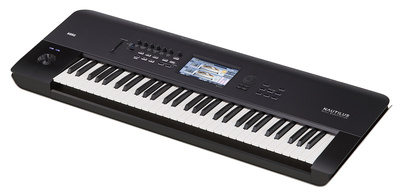

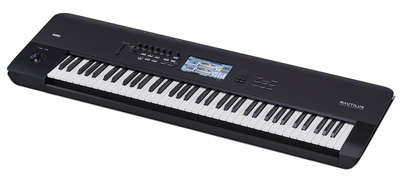

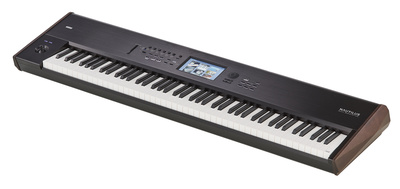
7 responses to “KORG NAUTILUS AT: Fade To Gray”

 3,8 / 5,0 |
3,8 / 5,0 | 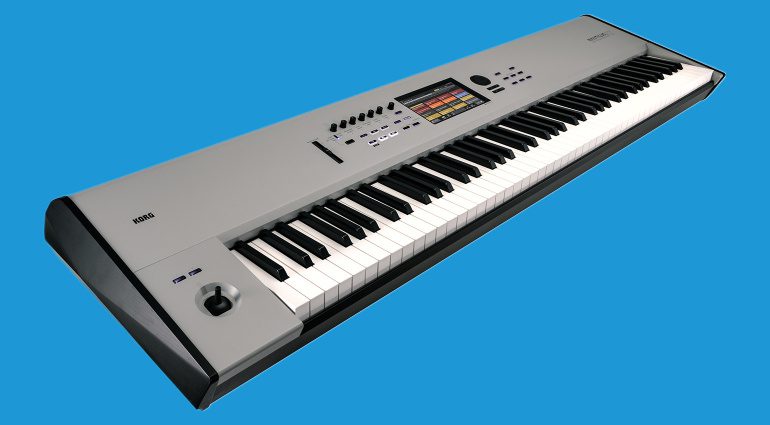
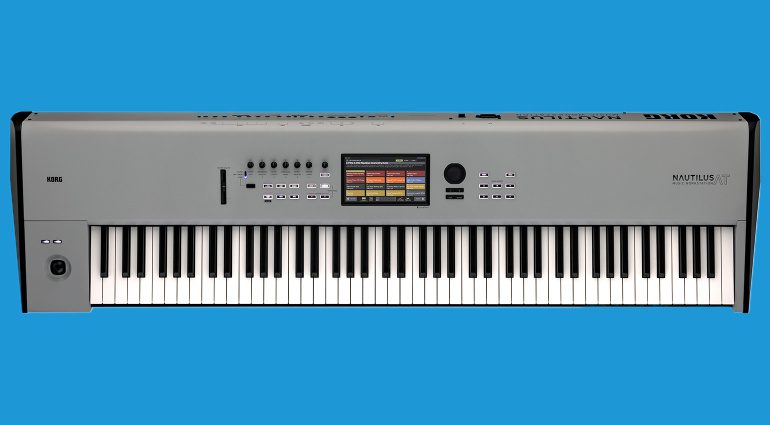
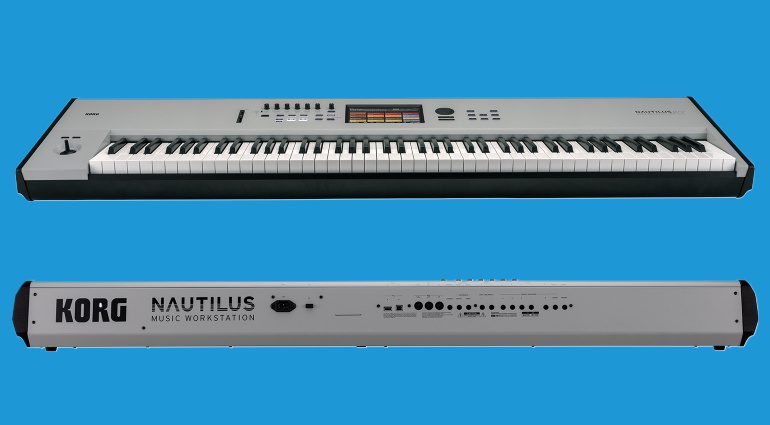
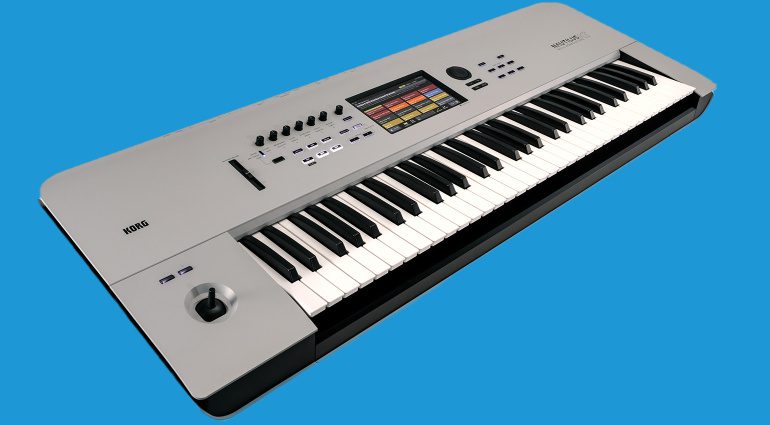
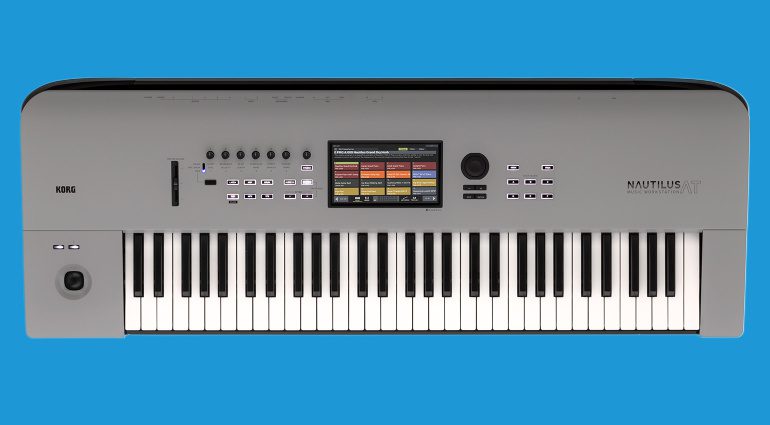

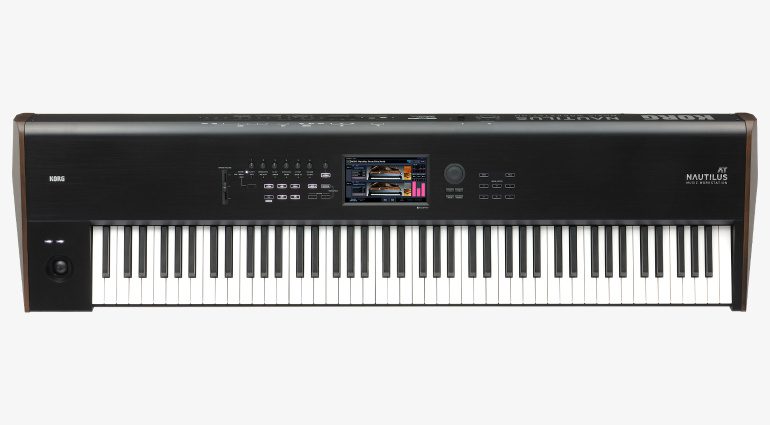

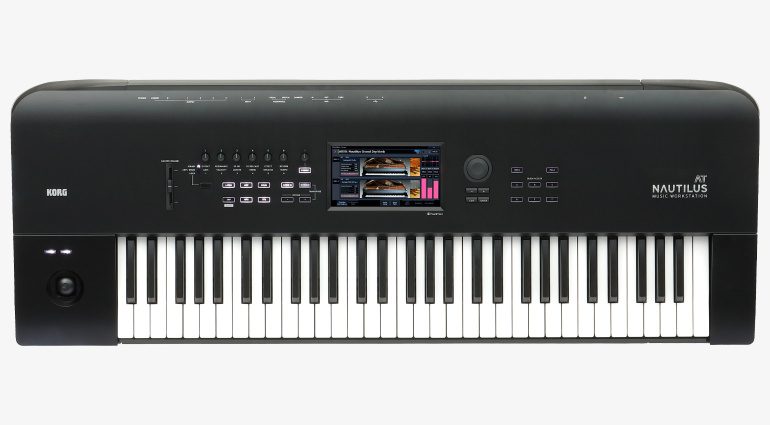
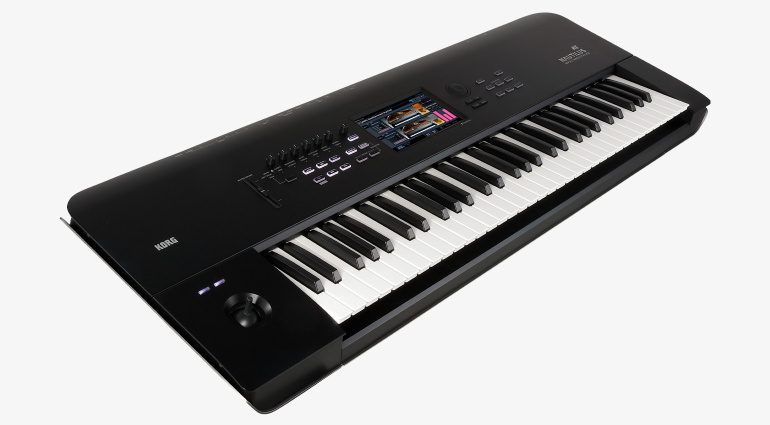















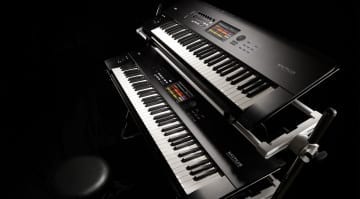

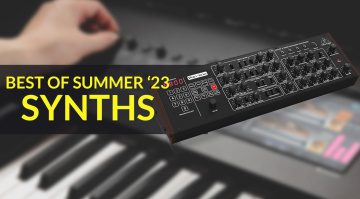
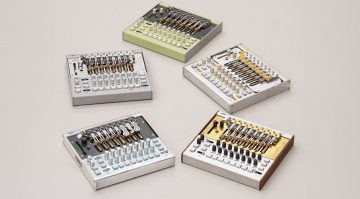
Milking the last kronos.Sad for something that should have been there in the first place
Crazy increase in price. Hard pass. I’d want poly modulation for that much.
Wholesale cost difference on Chinese actions is a fraction of that. Throw in an expression pedal to add in modulation for $60. Buy another synth with the $500 you just saved…
the peak of shame to get money out of people in this way where AT should be earlier in keyboards I didn’t expect it from korg it’s weak and embarrassing shame on korg
Lots of editorializing about how significant this upgrade is, but I’m not clear about exactly what sort of aftertouch these keyboards offer from this article.
“Channel after touch” you say? Sorry, not familiar with the term. Is it polyphonic aftertouch, where holding down each key modifies only that key, or all the currently playing notes? The latter is the more common I think, kind of like adding a mod wheel effect to the sound but doing it by pressing any key harder.
Actual polyphonic aftertouch is harder to do I suspect, where you can change the aftertouch effect individually on a note by note basis. I think I read that the new Udo Gemini features full polyphonic aftertouch (and a long ribbon controller.)
I wish the author explored and explained aftertouch more so that confused people like me could understand actually what this update is offering, instead of spending so much space discussing whether whatever is being offered is valuable or worth the price asked.
There are two main types of aftertouch. Channel (sometimes referred to as mono) and Polyphonic. The key difference is that channel aftertouch affects all notes being played. For example, hold down a chord and press down on one key and the effect assigned to aftertouch will affect all notes currently being played.
Polyphonic aftertouch allows you to apply the aftertouch effect to individual notes. Taking the previous example, hold down a chord and press down on one key and the effect assigned will only apply to that key.
There are some variations on this, such as last-note aftertouch. This is a bit of a halfway house in as much as it is essentially channel aftertouch but the synth tracks the most recently key held and if aftertouch is applied to that note, it only applies it to that note. Arturia’s Polybrute has this.
The NAUTILUS AT uses channel aftertouch, so the most basic form. Channel aftertouch is the most common form, but the advent of the ASM Hydrasynth has sparked a renewed interest in polyphonic aftertouch, a feature mostly reserved in large, vintage synths like Yamaha’s CS80 or DX1.
We only have so much space to write within news articles so we have to assume a basic knowledge of common synthesizer features and terms. Otherwise, Google can be your friend. 🙂
I hope that helps?
Rob – The “author”.
Further explanation much appreciated – if you had included even a small part of this in your article your reservations about the value of the feature would have been better justified this reader at least. I wish these had polyphonic aftertouch, my mod wheel analogy seems to apply to the limited ‘aftertouch’ Korg has added to these keyboards.
But no 73 key version? Where is the logic?
You are currently viewing a placeholder content from Facebook. To access the actual content, click the button below. Please note that doing so will share data with third-party providers.
More InformationYou are currently viewing a placeholder content from Instagram. To access the actual content, click the button below. Please note that doing so will share data with third-party providers.
More InformationYou are currently viewing a placeholder content from X. To access the actual content, click the button below. Please note that doing so will share data with third-party providers.
More Information